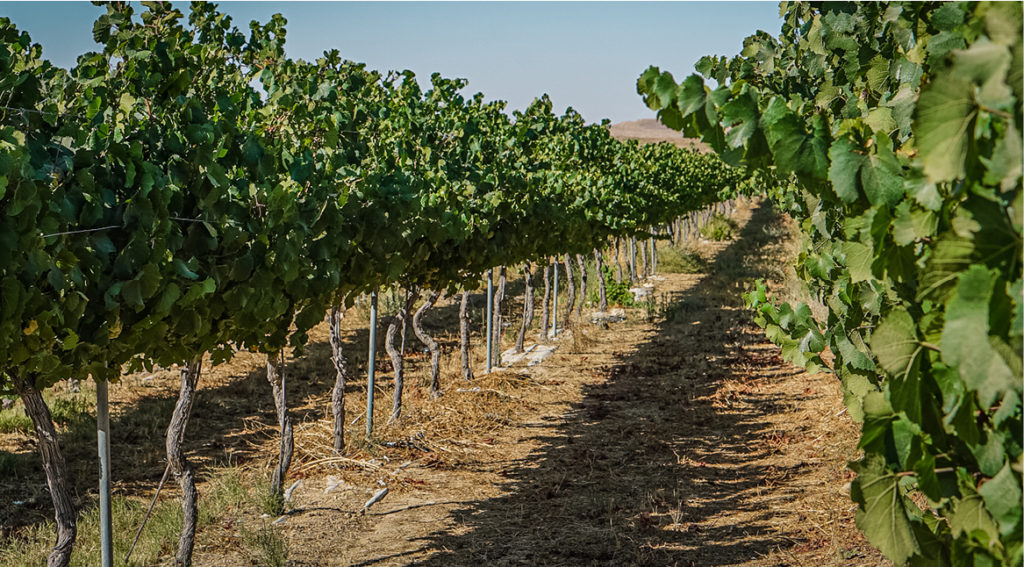
Using Bats as Pesticides
March 16, 2020
Times of Israel—Researchers from BGU’s Marco and Louise Mitrani Department of Desert Ecology at the Jacob Blaustein Institutes for Desert Research said bats could be a valuable, environmentally friendly tool for farmers combating pests, including a type of insect that is increasingly damaging the world’s cotton crops.
Yuval Cohen led a team who studied the eating habits of Kuhl’s pipistrelle, a small bat species that inhabits urban and agricultural areas, and found that the bats prey on an insect called the pink bollworm. The invasive species is one of the most destructive insects to cotton crops.
Bats have recently been vilified due to suspicions that they are linked to the initial outbreak of the coronavirus in China.
“Our study highlights the benefits of insect-eating bats that are abundant in human habitats, but their contribution to humans was poorly known,” said Yuval Cohen.
“We recommend that farmers adjust their thinking and consider bats their good friends.”
The team took DNA samples from bat droppings to determine what prey the bats were eating, and monitored the pests in cotton fields in Emek Hefer in central Israel.
The researchers found that as the pink bollworm population increased, the bats started hunting them for food more than any other insects in the area. The bats ate a total of 27 species of agricultural pests.
The pink bollworm is developing resistance to pesticides and genetically modified cotton, making their eradication increasingly difficult.
Kuhl’s pipistrelle bats are less than two inches long and native to parts of the Middle East, central Asia, southern Europe, and north Africa.
Cotton is a multi-billion-dollar industry involving massive use of expensive and environmentally destructive pesticides. Conservation biological control is an alternative method of pest control which aims to use natural predators of pests to minimize damage to agriculture.
Kuhl’s pipistrelle feeds on other insects that can transmit diseases, including mosquitoes, and nuisance bugs, like midges.
The researchers, who worked with scientists from Denmark’s Natural History Museum, published their findings on Tuesday in the peer-reviewed science journal Molecular Ecology.




